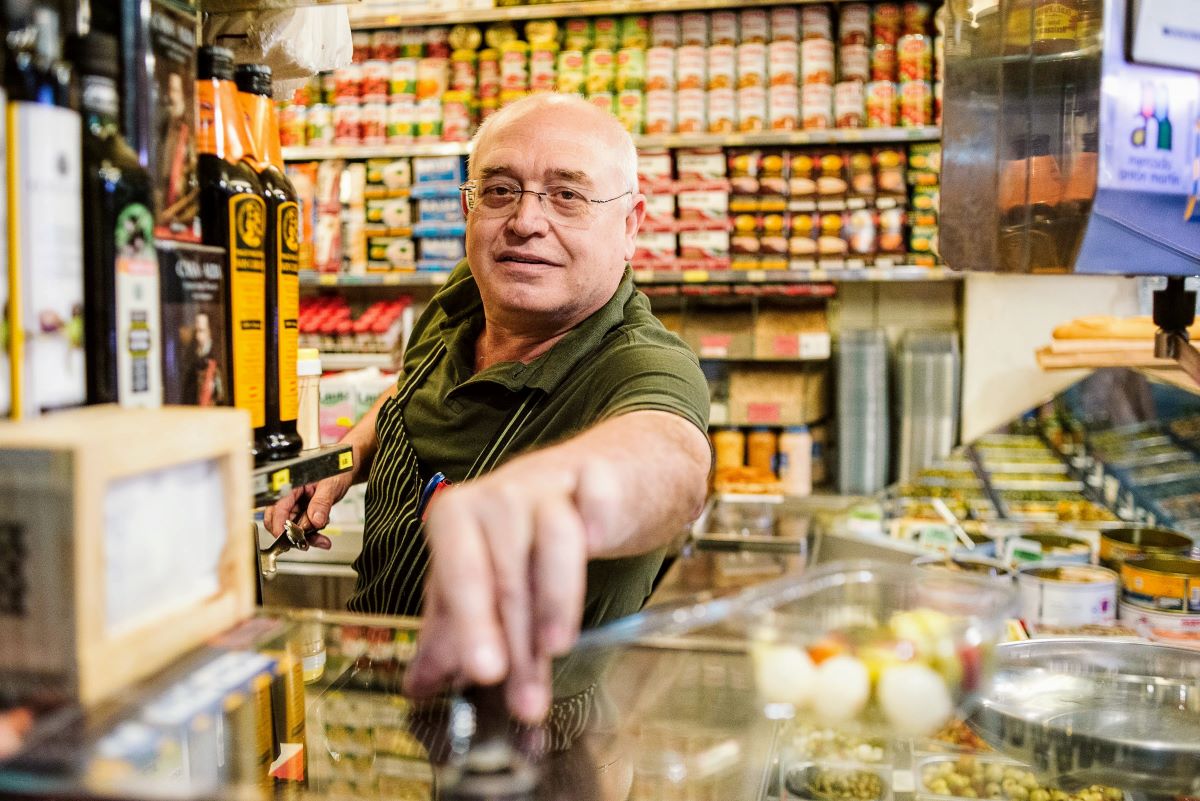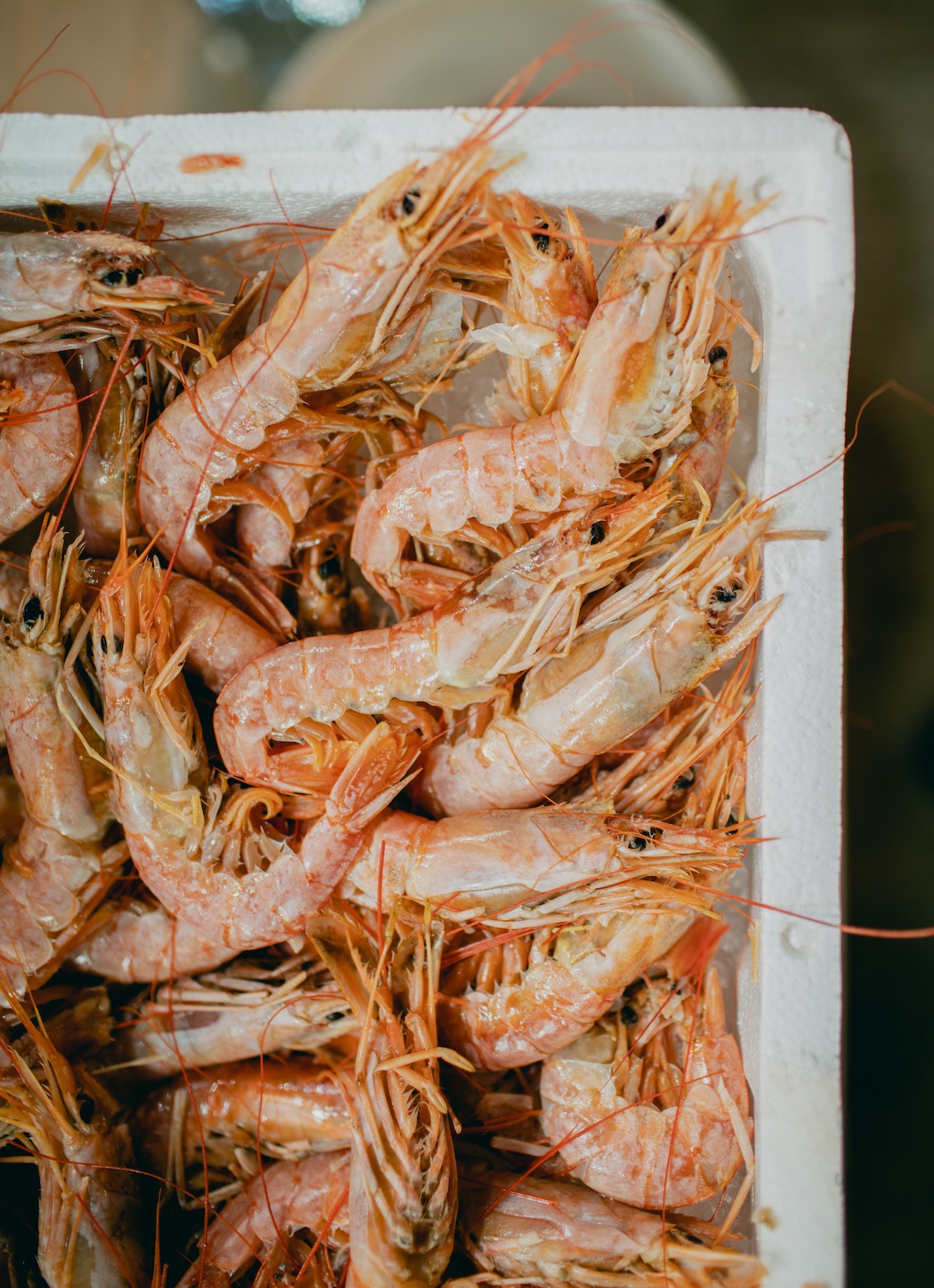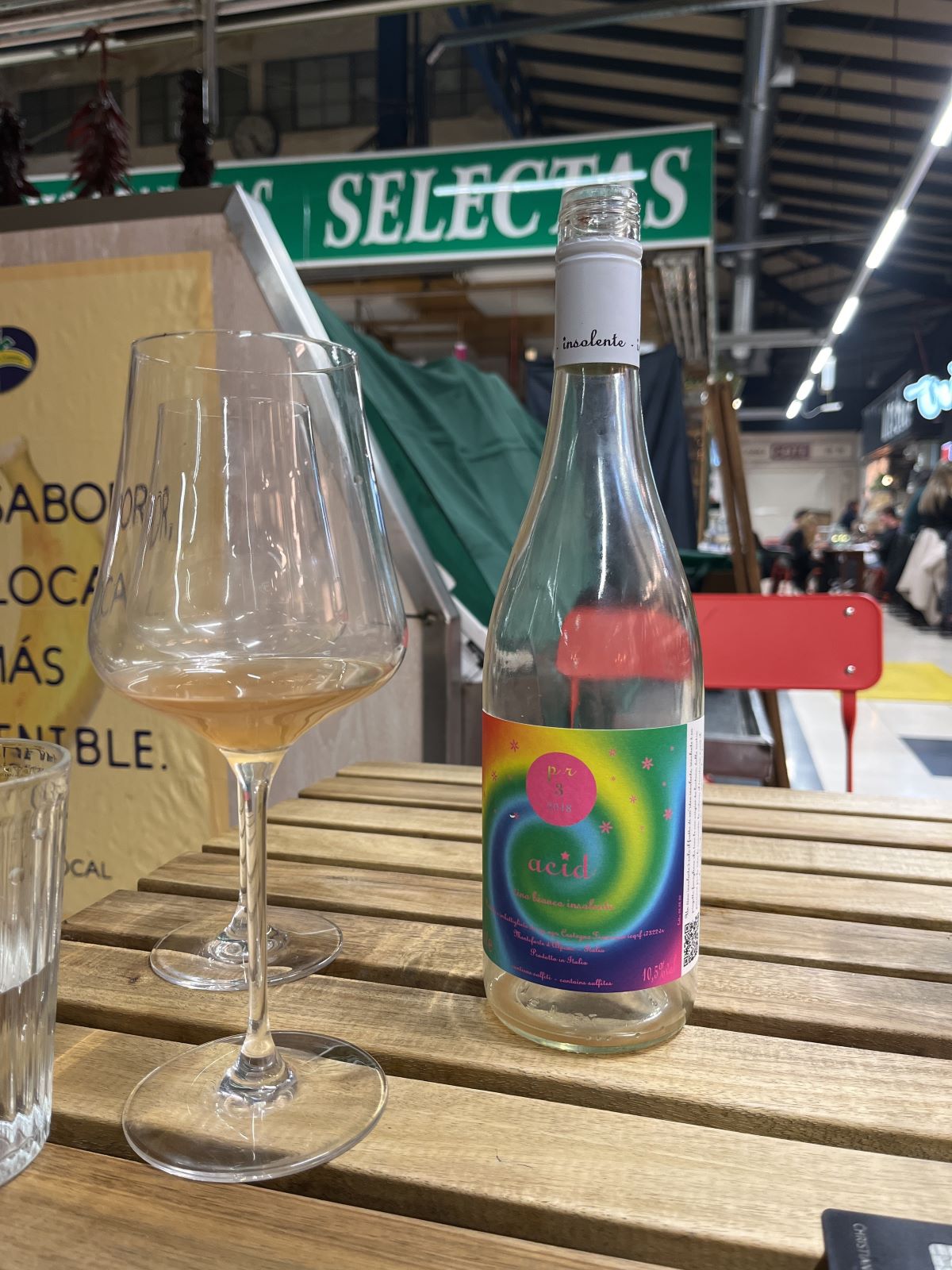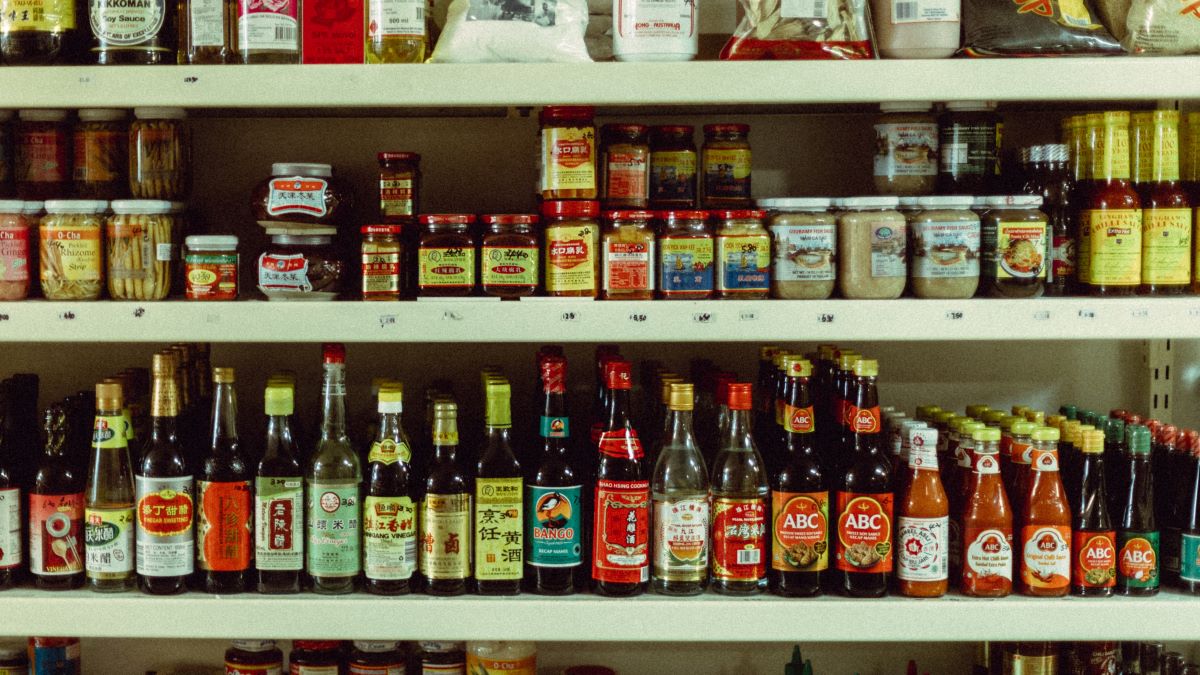I have traveled to nearly 35 countries, and throughout them all one of my central goals has always been to try the most emblematic dishes of each place.
Sure, I enjoy the occasional fancy and pretentious dish with expensive ingredients and elaborate plating. But when I think about the moments where I’ve felt my love for food collide with culture, history and sociology, I think about markets.

Exploring markets around the world
Memorable experiences include the breakfast of beans, rice, eggs, tortillas and avocado in Nicaragua before heading out to surf; turbo (a mix of beer, wine and sprite) with beef tibs in Ethiopia; and fried fish served with a spicy rub made by the stall owner’s 7-year-old daughter in Madagasacar. I’ve bought fresh cheese in Bosnia, tomatoes in Malawi, and figs and goat cheese in Catalonia. In Morocco I had the best fried anchovies I’ve ever tried, and in Jerusalem’s central shuk I watched older Iraqi Jewish men drink coffee and chat in the morning where later I returned at night to enjoy an incredible spread of hummus, pickled vegetables and olives on a plastic plate.
I could keep going, but this isn’t meant to be about my travels—it’s about my love for markets. The thing is, my love for markets is so intimately linked to my love for travel, culture and food that you can’t separate the two.
If you’re like me and you want to see where the restaurant chef buys her fish for the day next to the abuela buying fruits and vegetables next to the bar where the fishmonger has his caña before closing his stall for lunch, then you have to dive into Madrid’s vibrant market scene.

Exploring markets in Madrid
Here in Madrid our markets are experiencing a rebirth. Shopping habits changed greatly throughout the 20th century: Spain joined the EU in 1986, French supermarket chains arrived, people worked more hours and neighborhood markets began to lose clientele.
Fortunately, there has been a movement to preserve our mercados as locals have begun to view them as a cross section of Spanish culture where money spent is kept locally and bonds between business owners and clients go beyond ¿Qué te pongo? (What’ll it be?).
In order to breathe life into markets here in Madrid, many young, local chefs have begun to open restaurants within the markets. These chefs take a lap of the market in the morning to check what’s fresh and in season, allowing them to focus on a limited and dynamic menu where diners can see the very stall where the produce, meat and fish were purchased just hours prior.

Mercado de Vallehermoso
One of my favorite markets is the Mercado de Vallehermoso in Madrid’s Chamberí district. I was once eating there with a friend when she commented how surreal it was to have dinner in the market where her grandmother took her as a child to buy fish just 20 years prior. It was astonishing how so much had changed in so little time.
In this market today you can find an up-and-coming Spanish chef serving Peruvian-inspired dishes, several small artisan beer stalls, a stall featuring lesser-known wines and cheese from La Mancha, a crepe restaurant run by Venezuelans, a craft vermouth stall and, of course, the vendors de toda la vida who serve meat, fish and fresh produce to Chamberí’s abuelas and abuelos.

Mercado de los Mostenses
If you want to see where Madrid’s no frills past mixes with its future, head just behind the bustling Plaza de España to the Mercado de los Mostenses. A contrast with Vallehermoso, this market is defined largely by its Latino and Asian patrons.
It’s here where I first tried anticucho (beef heart marinated in soy sauce and cilantro and grilled over coals), a dish that’s simple, cheap and representative of Peru’s gastronomy, mixing pre-Columbian, Asian and African cuisines. If you’re curious where a great deal of the nearby Asian restaurants come for their produce, there’s a stall selling all types of spices, produce and hard-to-find products.
The fishmongers in Mercado de los Mostenses carry fish you won’t see in many other markets throughout the city as they cater to a much more diverse clientele and therefore procure fish from Africa, Asia and the Americas. Although we were late to receive immigration in Madrid as compared to other large European capital cities, thankfully immigrants have arrived and are making wonderful contributions to Madrid’s food scene. It’s nowhere clearer than in Mercado de los Mostenses.

Other Madrid markets
The wonderful news for travelers to Madrid and fellow market fans is that although I have only mentioned two, Madrid boasts an impressive 46 municipal markets. Each market as distinct as the neighborhood it belongs to, you can have a café con leche and a piece of toast for breakfast, get your weekly shopping out of the way and return later at night for a glass of natural wine or a bite of grilled beef heart.
For a real look into how madrileños shop, live and eat, set aside a morning to explore a market. Browse the stalls, greet the merchants and buy anything that looks delicious and fresh. Duck into a stall for a cheeky caña or vermú as your aperitif, and then choose one of the many establishments for lunch.
For an experience much like that of any madrileño on a Saturday morning, you can’t do anything more simple, sustainable and authentic than visit a market.
Must-visit market stalls and restaurants
- Cafetería Lily: Cheap and no frills Peruvian food in Mercado de los Mostenses
- Quesería Antón Martín: A small cheese purveyor. Most cheeses are made from raw milk and come from small dairies. Prices are very good.
- Kitchen 154 :Mercado de Vallehermoso’s favorite Asian fusion joint. Reserve a spot at the bar and watch the chefs cook. Fun, noisy and spicy.
- Bendito Vinos y Vinilos – Mercado de San Fernando‘s most humble stall serving up unique natural wines and fantastic cheeses and charcuterie at unbeatable prices. Ask Goyo or Jose for whatever is open and good.
Join us for our Ultimate Spanish Cuisine Tour of Madrid, where you’ll have the chance to explore one of the city’s most charming local markets, expertly guided. Meet the vendors, savor local delicacies, and delve into the rich history behind these quintessential products.
This post is part of our Love Letter series: first-person accounts of what we love about Madrid. Check out the whole series!